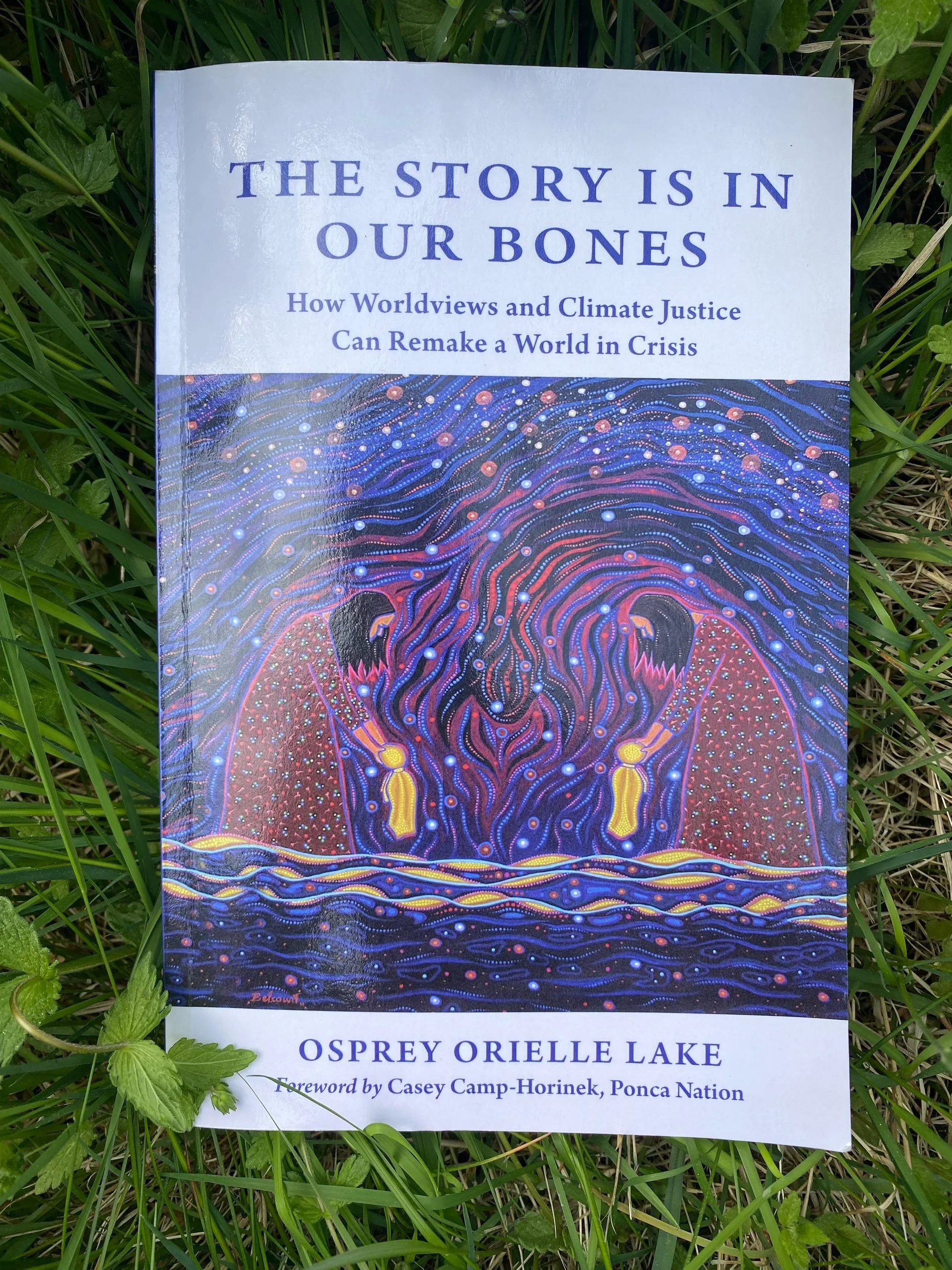Illustrasjonsbilde av #Halloween gresskar fordi oljepolitikken Norge fører nå er virkelig skummel. Som klima- og miljøengasjert er det to saker du bør sette deg inn i nå; den første er at #trænarevet trues nå av at oljeselskapet @wintershalldea planlegger å prøvebore her, og hva som er verre er at «klima- og miljøministeren» vår Ola Elvestuen, har gitt grønt lys til dette!
Dagen etter kom nyheten om at oljeutslipp utenfor Lofoten, Vesterålen og Senja vil endre økosystemet i Norskehavet og Barentshavet permanent (NRK) Den andre saken som begynner snart, 5.november, er andre runde med #klimasøksmål fordi oljeboringen i Barentshavet bryter med Norges grunnlov på punktet om at nålevende og fremtidige generasjoner har rett til et levelig klima. Det blir veldig vanskelig å love fremtidige generasjoner dette mens vi fortsatt leter etter og henter opp rekordmye olje.
Denne regjeringen har delt ut flere tillatelser til olje enn noen tidligere regjering, og det er en grusomt skummel rekord å ha i den tiden vi lever i nå. Tiden vi lever i nå er tiden med #skolestreikforklimaet og @fridaysforfuture og @klimasoksmal ikke tiden der man tviholder på fossile energikilder som eskalerer klimakrisen.
Så; les deg opp, engasjer deg, finn ut om det er noe du kan delta på der du bor og del dette videre med de du går på skole med eller der du jobber og på de sosiale mediene du bruker. For dette er det skumleste som skjer i Norge på klima og miljøfronten akkurat nå og det går ikke an å sitte stille og se på! 📣🔥🌍Jeg deler forøvrig flere og oftere klima og miljønyheter på Twitter på @charlottesynnve på Twitter.

























